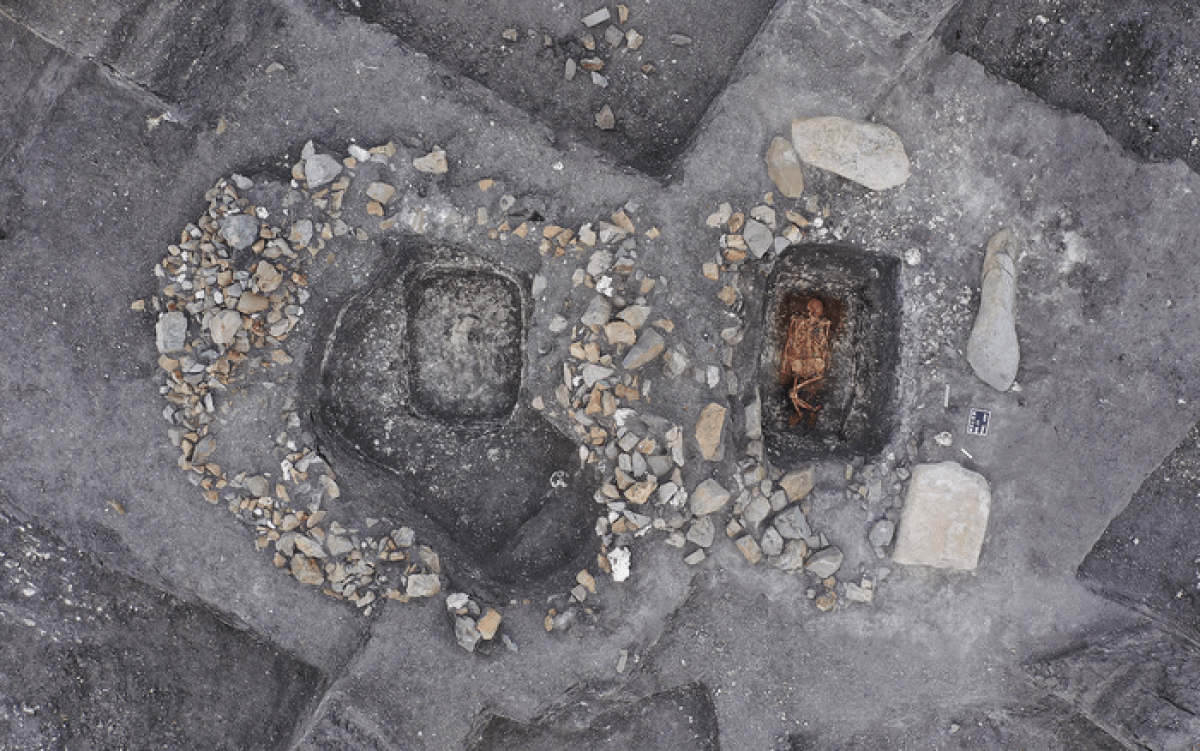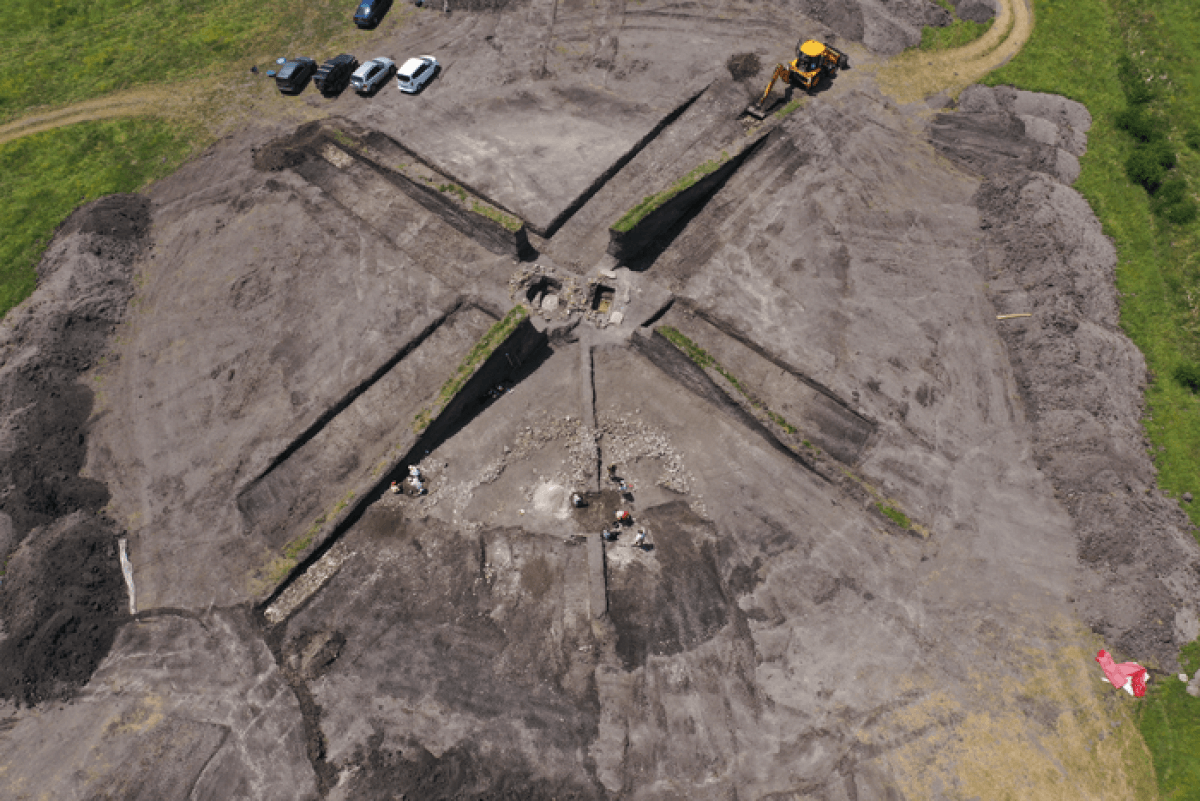HELSINKI, Finland — The world’s first horse riders saddled up 5,000 years ago, a new study reveals. Researchers in Finland say equestrianism originated in a remote area of the Western Eurasian steppe. The evidence comes from remains in burial mounds called kurgans. The human skeletons displayed “evidence of horsemanship.”
They belonged to primitive sheep farmers from the Pontic-Caspian steppe, a vast area between the Black and Caspian seas.
“Horseback-riding seems to have evolved not long after the presumed domestication of horses in the western Eurasian steppes during the fourth millennium BCE. It was already rather common in members of the Yamnaya culture between 3000 and 2500 BCE,” says Volker Heyd, Professor of Archaeology at the University of Helsinki and a member of the international team making the discovery, in a media release.
They ranged across an area covering 380,000 square miles, incorporating modern day Bulgaria, Romania, Ukraine, Russia, and the Ural Mountains. The culture also spread to Hungary and Serbia, in search of greener pastures. Scientists previously thought horse riding began in Central Asia several centuries later.

To be able to say that skeletons found at a burial site in Bulgaria were horse riders, the international team used a set of six diagnostic criteria established as indicators of riding activity — dubbed “horsemanship syndrome.” They include well developed muscles in the pelvis, changes in the normally round shape of the hip sockets, and imprint marks resulting from pressure on the thigh bone.
Their leg bones were wide and strong, but there was also degeneration of the vertebra due to sitting on the animals for long periods of time. Analyses also show trauma typically resulting from falls, kicks, or bites. The researchers say the Early Bronze Age expansion of steppe people into southeastern Europe was relatively peaceful, rather than a violent invasion as previously suspected. With the advent of ancient DNA research, the differences between migrants from the east and members of local societies became even more pronounced.
“Our research is now beginning to provide a more nuanced picture of their interactions. For example, findings of physical violence as were expected are practically non-existent in the skeletal record so far. We also start understanding the complex exchange processes in material culture and burial customs between newcomers and locals in the 200 years after their first contact,” explains Bianca Preda-Bălănică, another team member from the University of Helsinki.
The use of animals for transport, in particular the horse, marked a turning point in human history. Considerable gain in mobility and distance had profound effects on land use, trade, and warfare.
Current research has mostly focused on the horses themselves. However, horse riding is an interaction of two components – the mount and its rider. Human remains are available in larger numbers and they’re in more complete condition than early horse remains. The study in the journal Science Advances identified traces of horsemanship in the bones.
“We studied over 217 skeletons from 39 sites of which about 150 found in the burial mounds belong to the Yamnayans. Diagnosing activity patterns in human skeletons is not unambiguously. There are no singular traits that indicate a certain occupation or behavior. Only in their combination, as a syndrome, symptoms provide reliable insights to understand habitual activities of the past,” explains lead study author Martin Trautmann, a bioanthropologist in Helsinki.

Altogether, out of the 156 adult individuals of the total sample, scientists are classifying at least 24 (15.4%) as “possible riders.” Five Yamnaya, two later-era, and possibly two earlier-era individuals qualify as “highly probable riders.”
“The rather high prevalence of these traits in the skeleton record, especially with respect to the overall limited completeness, show that these people were horse riding regularly,” Trautmann says.
It may have made a mobile pastoral lifestyle convenient, enabling more effective herding of cattle. On the other hand, horses may have been ridden during swift and far-ranging raids, or just as a status symbol.
“We have one intriguing burial in the series” says senior co-author David Anthony, emeritus Professor of Hartwick College.
“A grave dated about 4300 BCE at Csongrad-Kettöshalom in Hungary, long suspected from its pose and artifacts to have been an immigrant from the steppes, surprisingly showed four of the six riding pathologies, possibly indicating riding a millennium earlier than Yamnaya. An isolated case cannot support a firm conclusion, but in Neolithic cemeteries of this era in the steppes, horse remains were occasionally placed in human graves with those of cattle and sheep, and stone maces were carved into the shape of horse heads. Clearly, we need to apply this method to even older collections.”
South West News Service writer Mark Waghorn contributed to this report.

